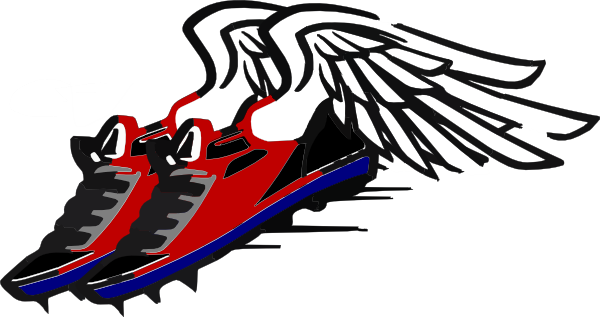

Impressively, crows are able also to integrate and process this information on longer timescales for the purpose of tool construction and usage. To be successful, crows must gather information about objects and constraints in their environment via sensory explorations that unfold on shorter timescales. Food can be placed in a contraption such that crows must fashion hooks from pieces of wire to get the food. Another example can be found in tool use by crows.

Thus memory is used extend the perception-action loop over the entire period of foraging and subsequent communication. Perception-action loops on short timescales support the flight of the bee to pollen, and memory is used to encode and express successful flight paths at later points in time. An illustrative example can be found in the dance of a honey bee–the bee finds pollen and later enacts its location for the hive. These loops are most salient at millisecond to second timescales, as in perceptual-motor interactions involved in locomotion, but they also span longer timescales in support of more complex behaviors. Rather, the task of drawing from memory evokes perceptual-motor encodings of visual images that preserve coarse-grained spatial information over relatively long timescales as well.Īn organism’s perceptual and motor systems are coordinated via reciprocal interactions that constitute perception-action loops. These results challenge the notion that coordination only unfolds on short timescales. The latter type of coordination was found by developing a purely spatial analysis that yielded measures of similarity between images, eye trajectories, and pen trajectories. Eye and pen trajectories were found to be coordinated in time on shorter timescales during drawing, and also on longer timescales spanning study and drawing periods. In the present study, the task of sketching images of natural scenes from memory was used to examine and compare perceptual-motor interactions on shorter and longer timescales. More complex behaviors require perceptual-motor interactions on longer timescales mediated by memory, such as navigation, or designing and building artifacts. This guidance takes the form of perceptual-motor interactions on short timescales for behaviors like locomotion and hand-eye coordination. Greece in the past has accused Turkey of “instrumentalizing” migration to push for concessions from the EU, but officials in both capitals have struck a more conciliatory tone in recent months.Eyes move to gather visual information for the purpose of guiding behavior. Greece and Turkey, both of which are NATO members, have a number of longstanding disputes, including sea boundaries in the eastern Mediterranean and efforts to curb illegal migration to the European Union. A contact center set up nearby by Greek, Turkey and Bulgaria was formally notified of the operation by Turkey that took place in two stages, the officials said. Several dozen migrants were removed from an islet in the Evros River by Turkish police and transported back to the mainland in dinghies, Greek officials said. Patrols along the Evros River on the Greek side of the border have been intensified following a recent drop in the water level that makes migrant crossings easier. Guler and other members of the new Turkish government were appointed following the recent reelection victory of Turkish President Recep Tayyip Erdogan.
TRACK SPIKE DRAWING SERIES
ATHENS, Greece (AP) - Greek officials have launched a series of high-level contacts with the newly elected government in Turkey in an effort to counter a surge in attempted crossings by migrants over a river that divides the two countries.ĭefense Minister Alkiviades Stephanis spoke on a call Wednesday with Turkish counterpart Yasar Guler, officials in Athens said, a day after the foreign ministers of the two countries also spoke.


 0 kommentar(er)
0 kommentar(er)
